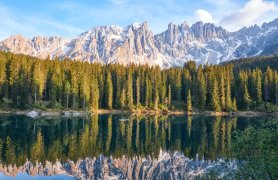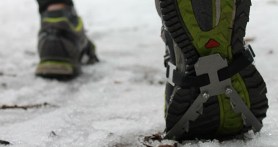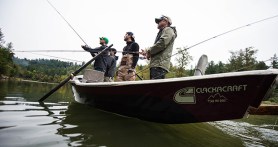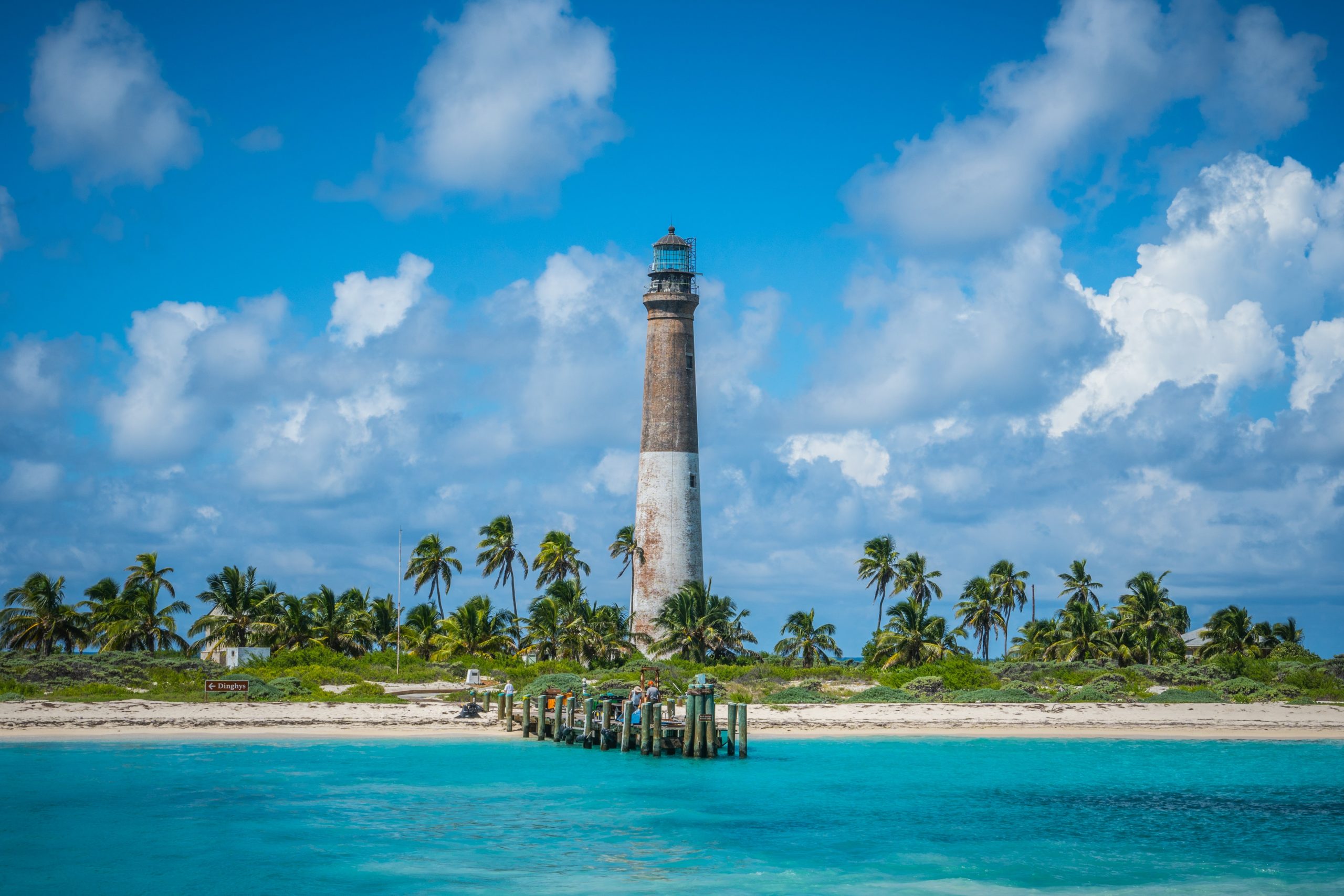

Nature lovers often think of winter as the off-season. You don’t play football in May, and you don’t go hiking in December. But what if we told you that winter can be the best time of year to visit some of America’s most iconic national parks?
Videos by Outdoors with Bear Grylls
Winter makes hot locations more bearable, humid locations less muggy, and often transforms a dull landscape into a snow and ice-covered wonderland. Contrary to expectations, the cold weather can actually make some parks even more enjoyable than they are in the summer. So, here are some of the best national parks to visit in the winter.
Olympic National Park (Washington State)
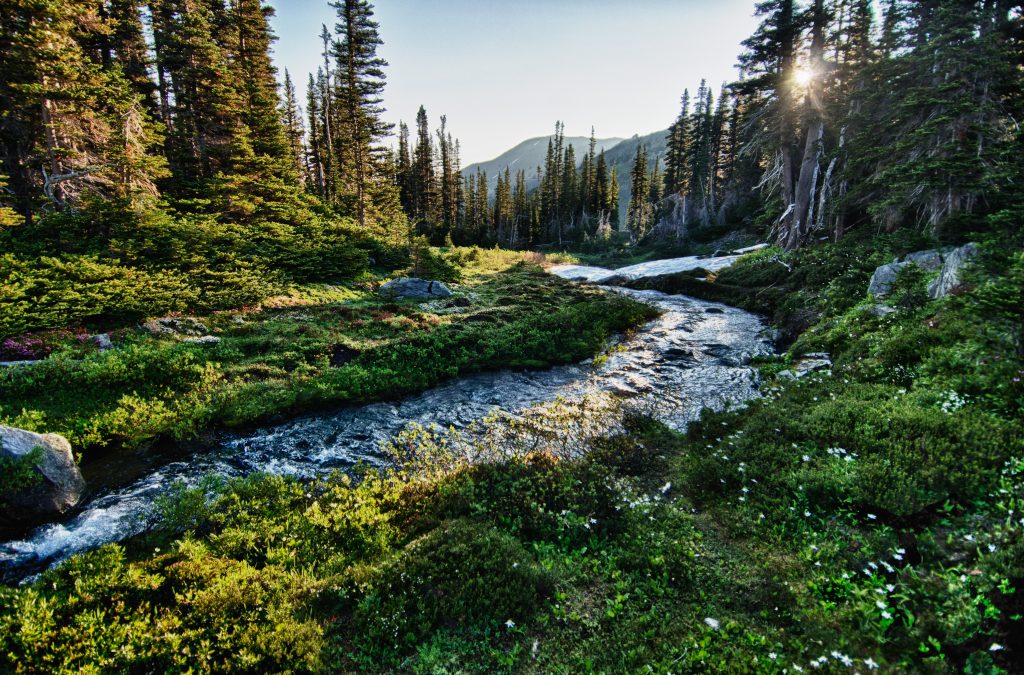
Located on Washington State’s far northwestern Olympic Peninsula, this park is well known for its beaches, which are a bit chilly in the winter, but which play host to stunning, foggy sunsets that are an iconic part of the pacific northwest.
There are only three national parks that offer skiing facilities, and Olympic National Park is one of them. For winter, the Hurricane Ridge Ski and Snowboard area is their biggest attraction. It features a standard ski lift, as well as a pair of rope tows for more challenging slopes.
Everglades National Park (Florida)

Everglades National Park is known for its wildlife, including the iconic Florida gator. Unfortunately, that wildlife also includes more mosquitos than the rest of the state – or at least it feels like it when you’re taking a boat tour in July.
Beat the mosquitos and the muggy Florida summers by visiting this park in the winter. You’ll still be able to paddle a canoe through the mangroves, and you’ll love the 70-degree Florida “winter” weather. Best of all, you’ll still be able to see the alligators that made the Everglades so iconic.
Dry Tortugas National Park (Florida)
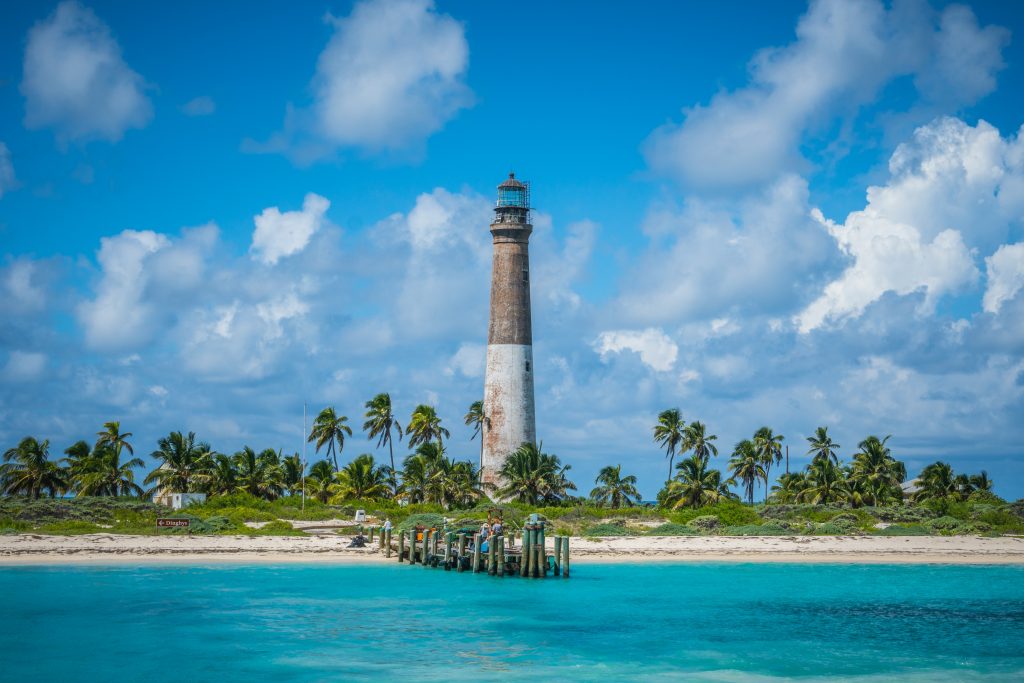
Dry Tortugas National Park is located 70 miles west of Key West, Florida, and marks the westernmost extent of the Florida Keys. The park is 99 percent water and consists of 7 islands, including the 19th-century naval star fort, Fort Jefferson.
If your interests run more to the water than to history, several of the islands offer scuba diving, whether with a guided group or with your own gear. The islands are only accessible by boat and are generally crowded with tourists in the summer. In winter, they’re relatively pristine, and the Gulf water is still warm enough for swimming and diving.
Death Valley National Park (California)
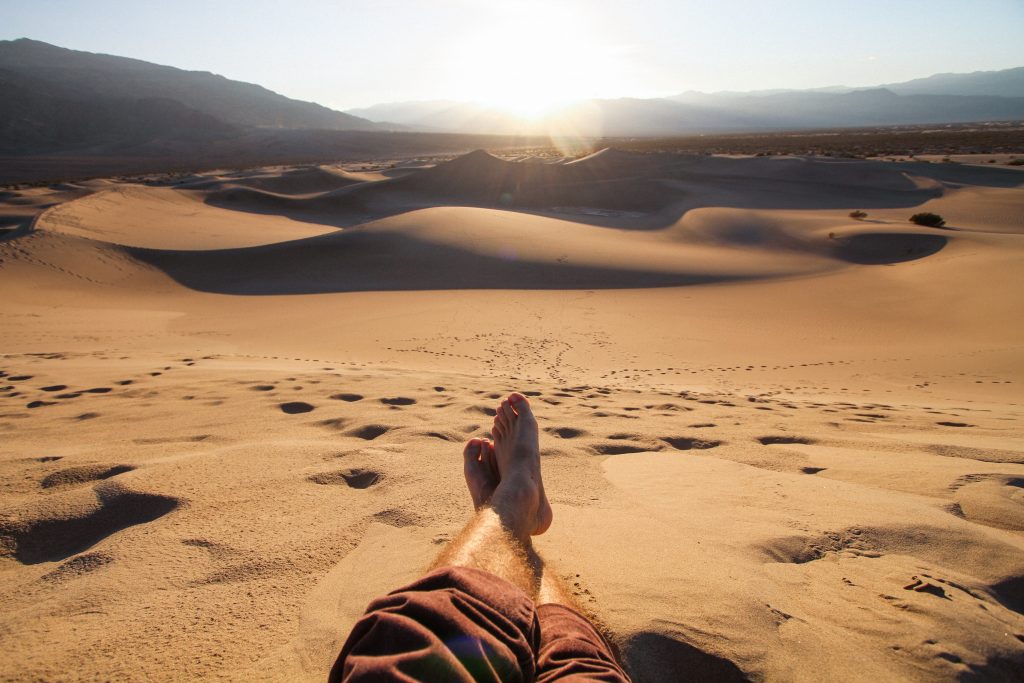
Death Valley National Park is famous for being the hottest and driest place in North America. Unless you’re a masochist, the best time of year for actually enjoying the gorgeous desert scenery is in the middle of winter, when temperatures hover in the 60s and 70s, rather than the 120-degree highs of midsummer.
And make no mistake, when you take the heat out of the equation, Death Valley really is a beautiful place. The geological formations and rifts are formed by Southern California’s unique plate tectonics and are a popular site for geologists and photographers alike.
Mount Rainier National Park (Washington State)

Much like Olympic National Park, Mount Rainier National Park is located in the beautiful Rockies in the Pacific Northwest. In summer, it’s a haven for nature lovers, who visit to see the enormous cedar trees, view the Emmons Glacier, and watch the scenic Christine Falls.
In winter, this park has a dedicated “snow play area”, which is dedicated to sledding or tubing and also offers ranger-guided snowshoe hikes along the edge of the glacier. If you want to get a close-up view of nature’s frigid winter beauty, this hike is tough to beat.
Yosemite National Park (California)

If you have even a passing interest in mountaineering or rock climbing, you’ll be familiar with Yosemite National Park’s two most famous features: El Capitan and the Half Dome. But this park offers a lot more than just an adventurous climbing opportunity. It also has some of the most scenic geology in the United States.
Like Death Valley National Park, Yosemite is located in a rift valley. The geologic features we already mentioned are caused by this separation of the Earth’s tectonic plates, so you can expect to see plenty of crevasses, drop-offs, and other scenic sights.
Hawai’i Volcanoes National Park (Hawai’i)
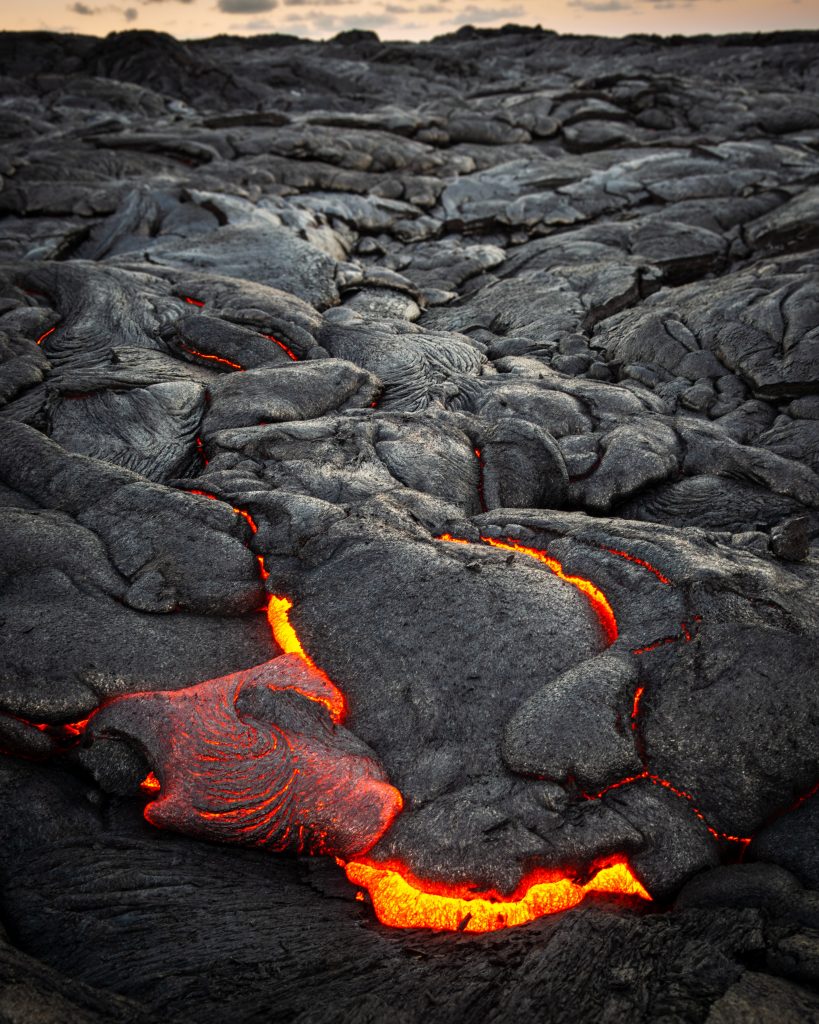
For some reason, many people don’t seem to consider visiting Hawai’i in the winter. While it’s true that some of the high-altitude locations get a bit chilly, Hawai’i has a tropical climate, so the low-lying areas are still warm and pleasant from November through March.
This includes Volcanoes National Park, which is just what it sounds like: a front-row seat to the main island’s active volcano. This front-row seat to the power of nature is sparsely-traveled in the winter, so you can take your time and linger without having to contend with a gaggle of tourists.



